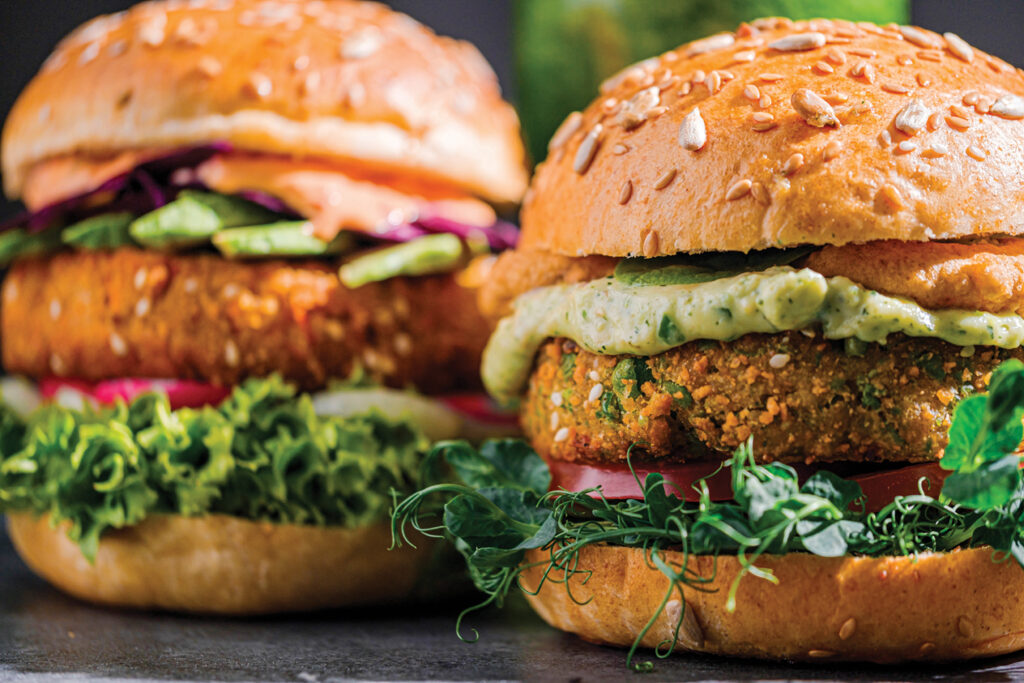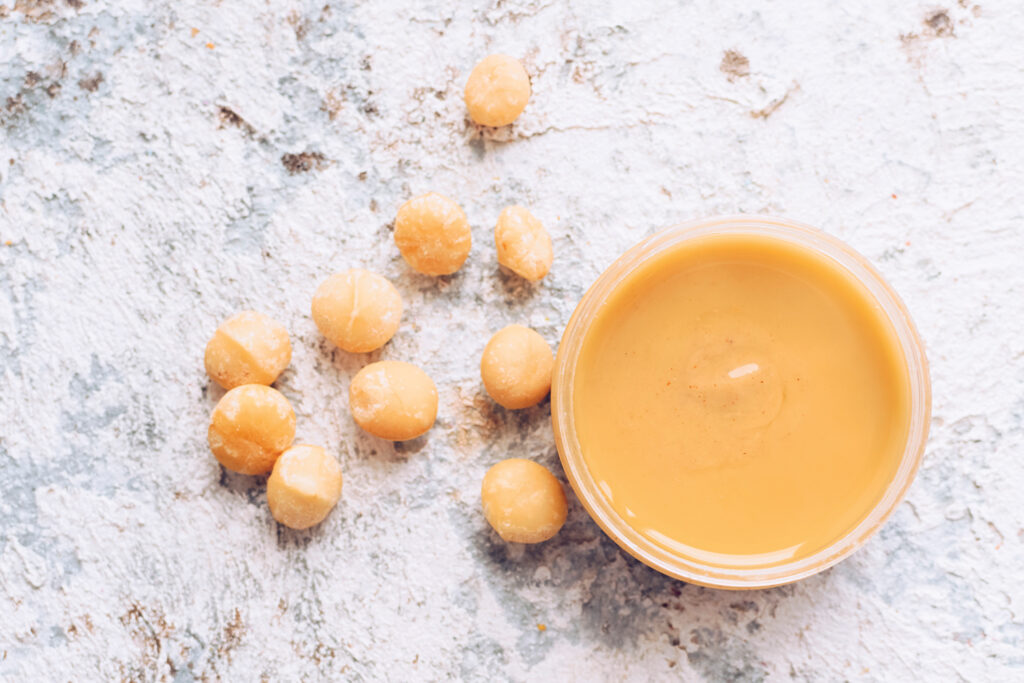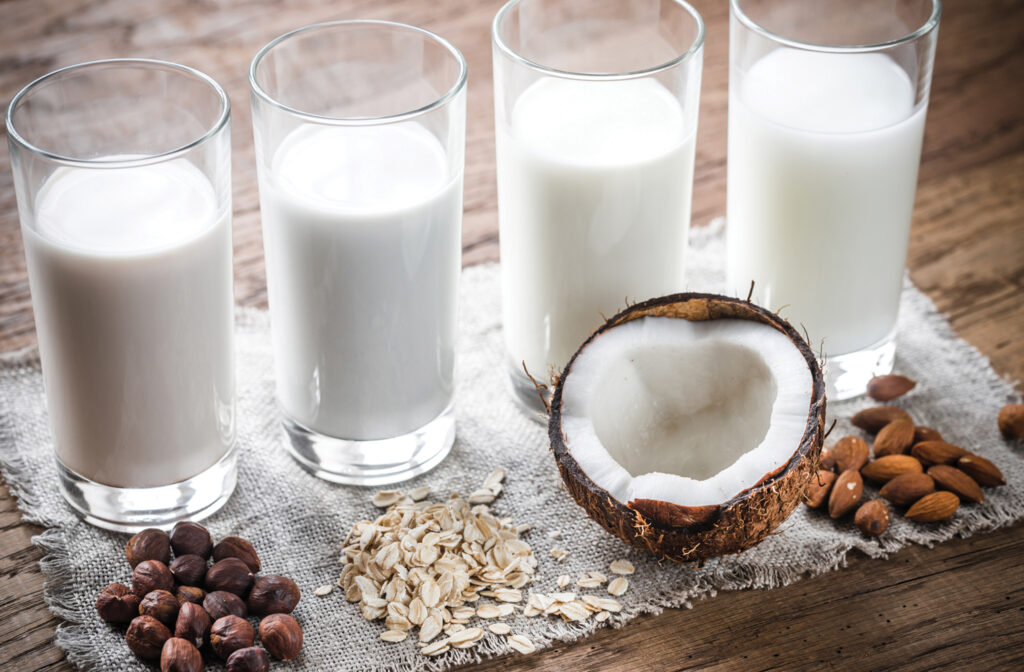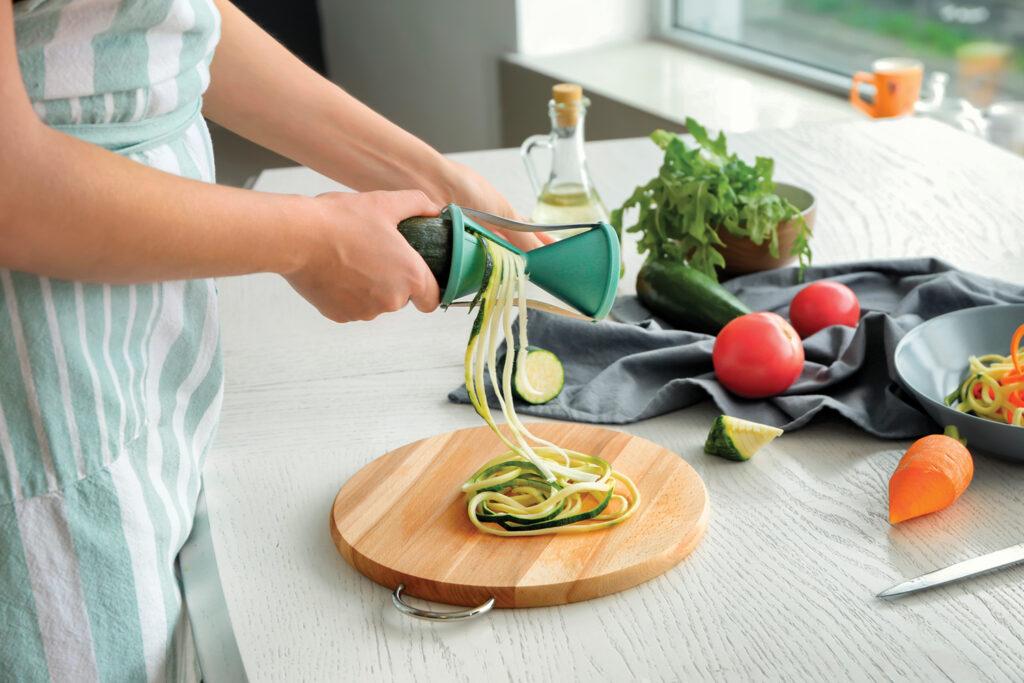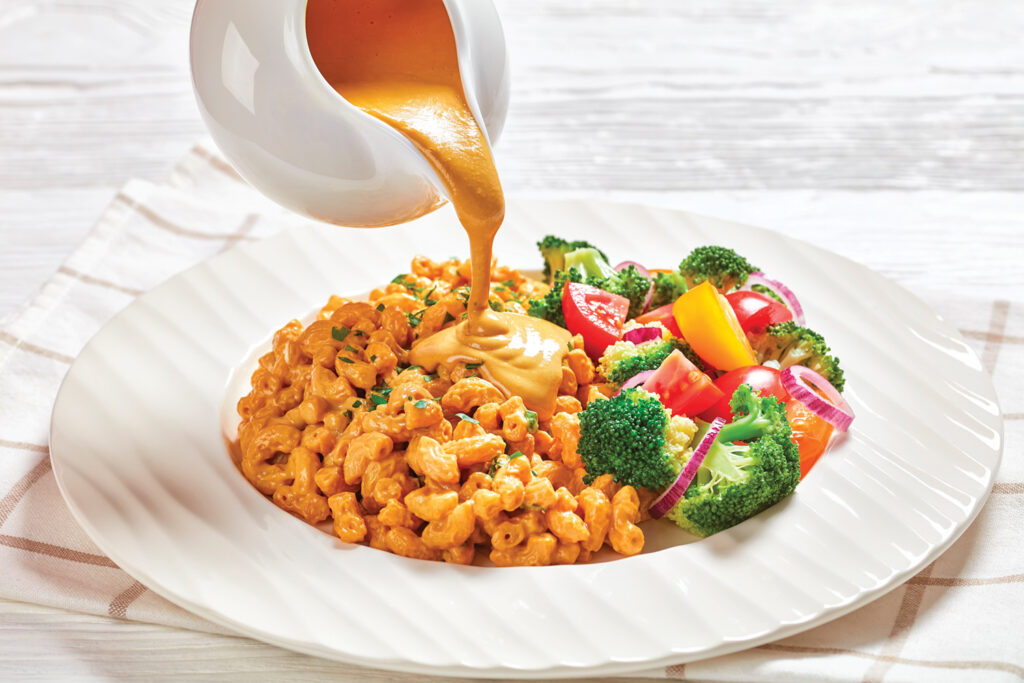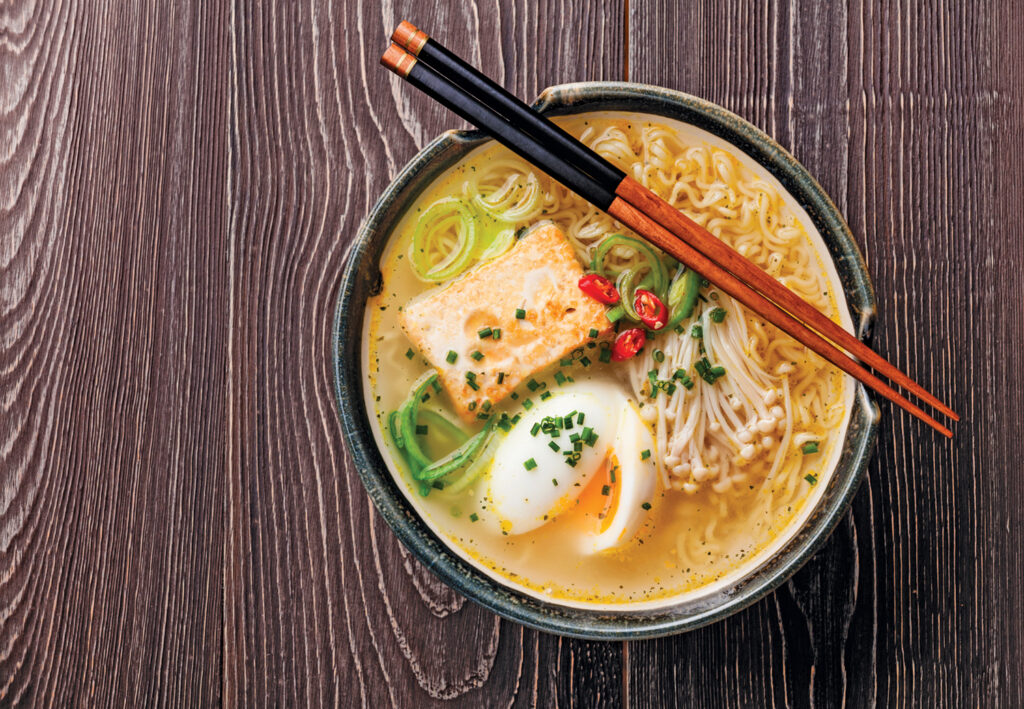New Year New Food
In 2022, resolve to adopt a lifestyle that includes healthy food
BY Eliza Schuett
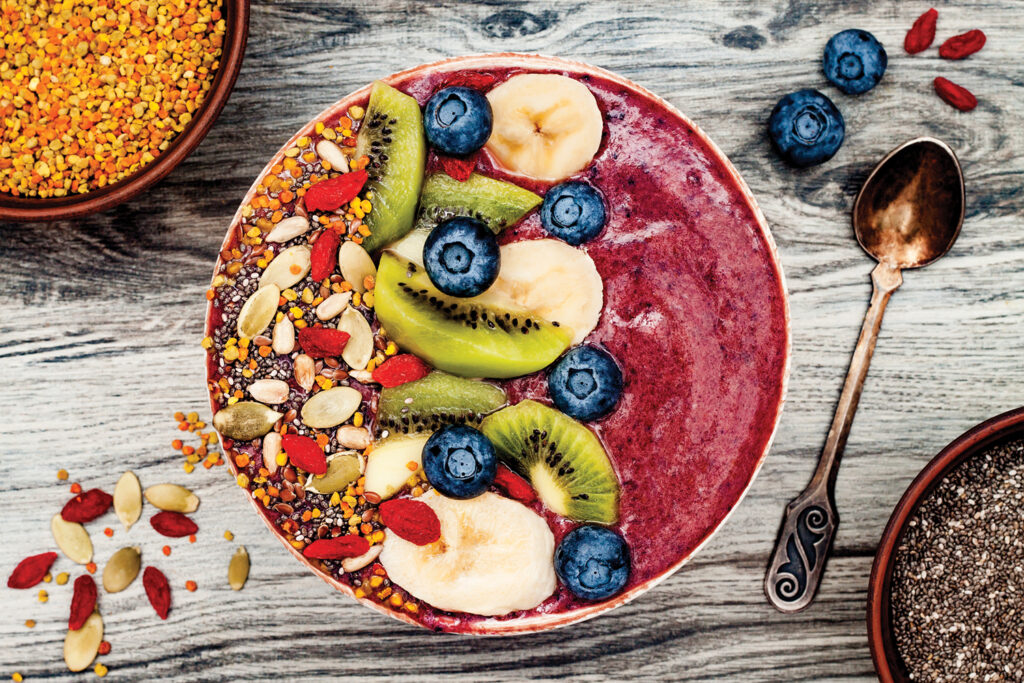
The new year means an opportunity to transform into a better version of ourselves. For those aiming to live a healthier lifestyle this year, start in the kitchen. More conscientious eating doesn’t have to be boring! There are many wonderful new foods to try that are better for people and the planet.
Acai you…
Acai berries, a superfood native to South and Central America, are commonly found in smoothie shops. They are rich in the antioxidant anthocyanin, which is touted for its ability to lower risk of age-related brain diseases like Parkinson’s and Alzheimer’s, enhance and improve memory, and reduce risk of heart attacks and cancer.
Frozen acai is readily available in supermarkets and tastes like a mild berry with chocolate notes. Blend 1-2 packets of unsweetened acai with a frozen banana, some nut butter, a ripe avocado and coconut milk for a thick, creamy acai bowl, topped with fresh fruit and coconut flakes. For a smoothie, add a little more coconut milk. Pro tip: peel and halve ripe bananas before freezing for easy access.
A lentil bit of protein.
Lentils are tiny legumes packed with protein and fiber. Compositionally, they resemble chickpeas more than they do rice. You might have encountered them in Indian daal or a veggie burger.
For anyone trying to cut back on the carbs or eat more protein, lentils are a great choice in place of rice. They are outstanding in soups, stews and curries. They also work well in salads and bean burgers.
Going nuts.
Macadamia nut butter is a special treat if you can find it. Macadamias blended with honey makes a crumbly nut butter that’s irresistible on top of smoothie bowls, with a slice of toast, or on a spoon for a snack.
For a protein-packed treat, mix with mini dark chocolate chips and form into truffle-sized balls. Coat the outside with coconut flakes and store in the fridge until ready to eat.
Now you’re just milking it.
Non-dairy milks and yogurts have surged in popularity recently. Reducing carbon footprints and eating healthier are important to younger generations and limiting the consumption of animal products is one way to achieve that goal. Oat and coconut milk are two of the most environmentally friendly substitutes, with lower greenhouse gas emissions than almond and cashew milk. Replace coffee creamer with oat milk, and use coconut cream instead of heavy cream the next time you cook. There are tons of plant-based yogurt alternatives as well, made in a similar way to dairy yogurt.
Oh, the pastabilities!
While the gluten- and wheat-free crowds have been on the rice pasta game for years, the rest of us feel extra heavy after a big hearty bowl of pasta. Rice pasta is an excellent substitute for pasta made with wheat. If you’re looking for something a little lighter, give it a try. Pair with a favorite marinara sauce and veggies or indulge with your favorite Bolognese or alfredo. Anyone aiming to cut back on processed foods should get their hands on a spiralizer. Zucchini is a beautiful low carb pasta substitute that comes to life with additional love. Spiralize the zucchini, salt and place on a layer of paper towels for 10 minutes. Then pat dry to remove excess water. Warm in a nonstick frying pan on medium heat with a touch of cooking oil (or water) for 3-5 minutes until warmed through.
The fermentation station.
Fermented foods like kombucha, sauerkraut and pickles aren’t just tasty additions to regular food. Before refrigeration, fermentation was a common preservation technique. Microorganisms like bacteria, fungi and yeast convert sugars and starches (also known as carbohydrates) into acids and alcohols, giving fermented foods a distinct, slightly sour flavor. Look for fermented foods in health food stores, especially in the refrigerated section. As microorganisms in the preserved foods eat, they multiply! And when we eat the fermented product, we also ingest these microorganisms, which is great news for the gut microbiome. The digestive system contains trillions of bacteria, most of them good, that help digest food, fight “bad” bacteria, and produce essential vitamins like B12. Enjoying a fermented product gives the digestive and immune systems a much-needed boost.
Say “cheese!”
Nutritional yeast is a nutty, cheesy-tasting condiment that’s packed with nutrients. It’s a complete protein, so it contains all nine essential amino acids. In addition, nutritional yeast contains lots of B vitamins, antioxidants, and trace minerals like zinc and selenium. Not bad for a small handful of inactive yeast! Vegan “cheese” sauces often contain nutritional yeast (or “noosh”) for extra flavor. The extra protein and B12 boost certainly doesn’t hurt, given B12 is one of the few nutrients that a plant-based diet lacks. Sprinkle over popcorn or stir into soups or sauces for thickness and extra umami flavor. Look for it in the baking or health food aisles of the grocery store.
Miso hungry!
Miso is a fermented soybean paste, standard in Asian cooking. Miso soup is popular in Japanese restaurants. Miso is a superb source of protein that packs a punch with its meaty umami flavor.
Mix a tablespoon of miso with a quart or two of water on medium heat for a tasty broth, and top with noodles and fresh veggies for a killer ramen. Or whip up a sweet and tangy miso salad dressing to jazz up greens. Miso can be found in the Asian aisle of the local grocery store.

